We headed to the tower house of the Loyola family, and the birthplace and home of Saint Ignatius (now known as The Holy House). The structure dates back to the 14th century, with the lower floor built in stone, which recalls its past as a fortress, and the upper half in brick, that indicates its evolution into a palatial house.
At the entrance, we were greeted by a bronze statue depicting the arrival of the wounded Iñigo (Saint Ignatius’ baptismal name derived from the medieval Basque name, Eneko). This represents a key moment in his life, as his spiritual conversion began when he came home to recover after being seriously wounded in the Battle of Pamplona in 1521. Above the door, we saw the coat-of-arms of Loyola consisting of a pot on a chain flanked by two rampant wolves. It looked so familiar, then I realized it's because this is part of our university logo.
Inside, we explored the four floors of the castle, fully restored to approximate its original state. Saint Ignatius came from a local noble family and lived an aristocratic life in his younger years. His parents, who were medieval feudal lords, took over this tower house and turned it into a residential palace. It was here where he was born and raised.
The ground floor with two-meter-thick walls, served as a tool store and cellar. The first floor contained the kitchen and the fireplace, and functioned as a family room of sorts, where masters and servants gathered around and shared stories and learned lessons.
The second floor, rebuilt in brick, housed the formal dining room, the master bedroom, the oratory, and the main hall, where the family entertained guests.
It is in the master bedroom where Saint Ignatius was born. In one corner stands a marker made of wood with a carving of Iñigo’s name and his birth year of 1491. In the center of the wall hangs a painting of Mother Mary holding the Baby Jesus. The dining room features a medieval tapestry covering most of one wall and a bookshelf, where copies of the books, Life of Christ and Flos Sanctorum are displayed. Aside from being the family’s main living space, this was the room where Saint Ignatius read the books that influenced him to follow the footsteps of Christ to Jerusalem.
The third floor consists of the children’s rooms and the guest rooms. Saint Ignatius’ bedroom was where he was operated on and almost died, and where he did most of his readings, specifically between the years 1521 and 1522, the crucial year of his spiritual awakening. This room is now known as the Chapel of Conversion. Inside is a golden statue of him sitting on a bench, holding a book, and looking up to the heavens. A lone spotlight shone on his face, highlighting this divine ecstasy.
As we descended the steps back to the main floor, I reflected on the journey of Saint Ignatius - from a life of luxury and extravagance, punctuated by dissipation and laxity, and consumed by vanity and the desire to win earthly glory, to an extremely humbling downfall of both his brilliant military career and vigorous health, that eventually led to an unheralded transformation and spiritual conversion.
It was indeed an amazing sojourn – a courtly lifestyle as a young page one day, a heroic episode as a gallant knight the next, a flash of defeat as a fallen soldier after, a period of intense physical suffering as an almost-invalid, and then a sacred time of healing and change of heart that lasted until his death...the last part consisting of spiritual readings, lengthy confessions, fervent prayers, arduous pilgrimage trips, a total lifestyle change, intensive studies, and deep meditation.
His legacy lies in the formation of the Jesuit Order, celebrated for their spiritual exercises, educational apostolate, and missionary zeal. To this date, there are 38 members of the Society of Jesus who have been declared Blessed, and another 38 who have been canonized as Saints.
Two of his most important works, The Spiritual Exercises of Saint Ignatius and The Constitutions of the Society of Jesus are a collection of his insights, prayers, and suggestions on enhancing one’s spirituality, and are considered the most influential books on spiritual life, rivaling those of the greatest mystics. He had become an expert in the art of spiritual direction and the “Ignatian Spirituality” conceived by St. Ignatius as “contemplatives in action” has touched the lives of many people of many different cultures in many different ways.
He was beatified by Pope Paul V in 1609, canonized by Pope Gregory XV in 1622, and declared “Patron of All Spiritual Retreats” by Pope Pius XI in 1922.
As well, this “Ignatian Spirituality” is emphasized by the various spiritual organizations that were formed and inspired by this Ignatian mission.
I can attest to that because I had four years of solid Jesuit education in university. Our school motto is, “Lux in Domino” (“Light in the Lord”), a call to BE that light of the Lord and to bring the Lord’s light into this dark and broken world.
My life at the Jesuit university was indeed a journey to God’s light and more – we learned how to understand this light and how to keep it burning brightly for others. We were brought up in the pursuit of illuminating truth and moving out into the world to effect change that is rooted in truth and love. We were trained to become “men and women for others.”
Photo Credits:
tierraignaciana.com, ignatianspirituality.com, sjweb.info, pilgrim-info.com, timetoast.com




































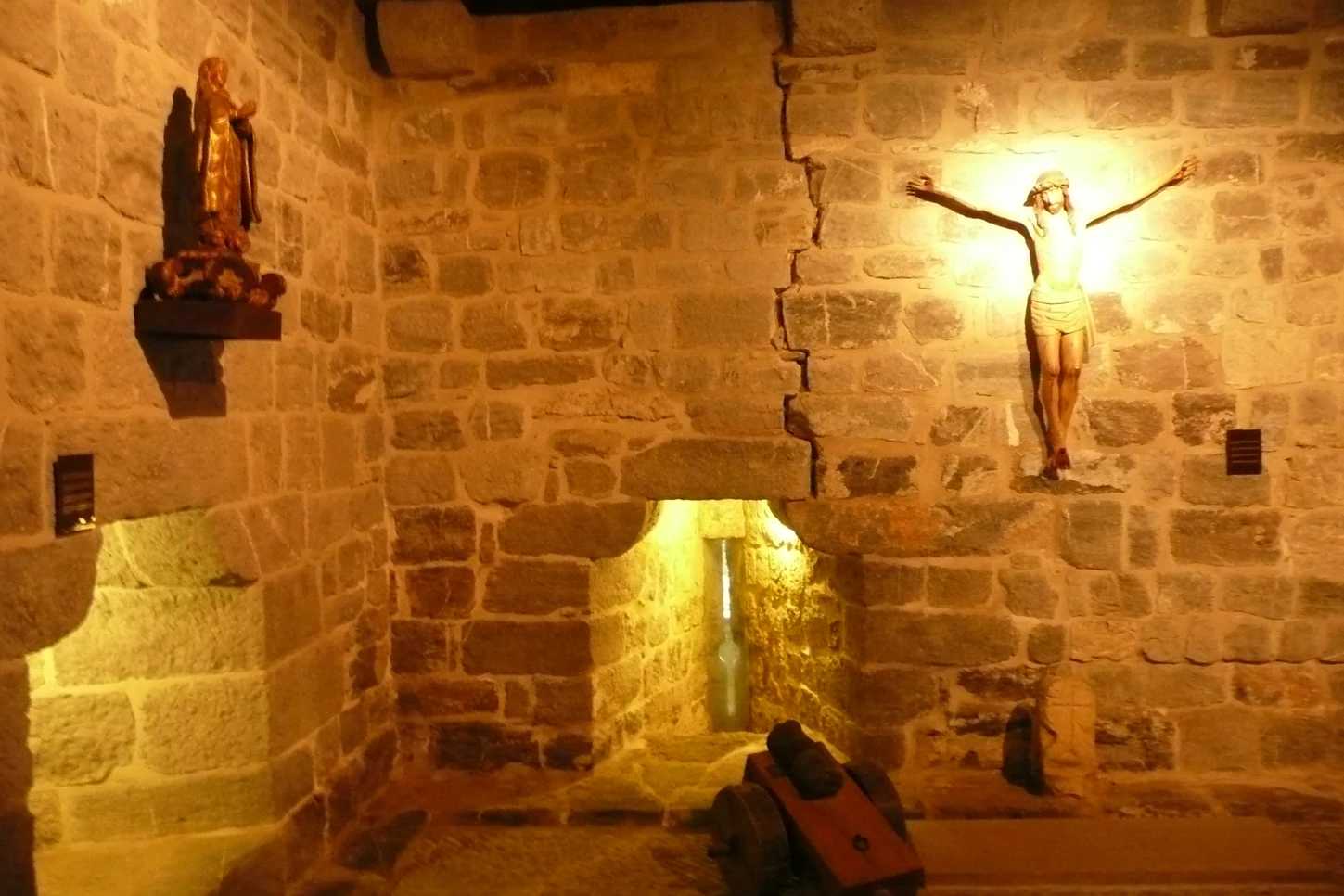









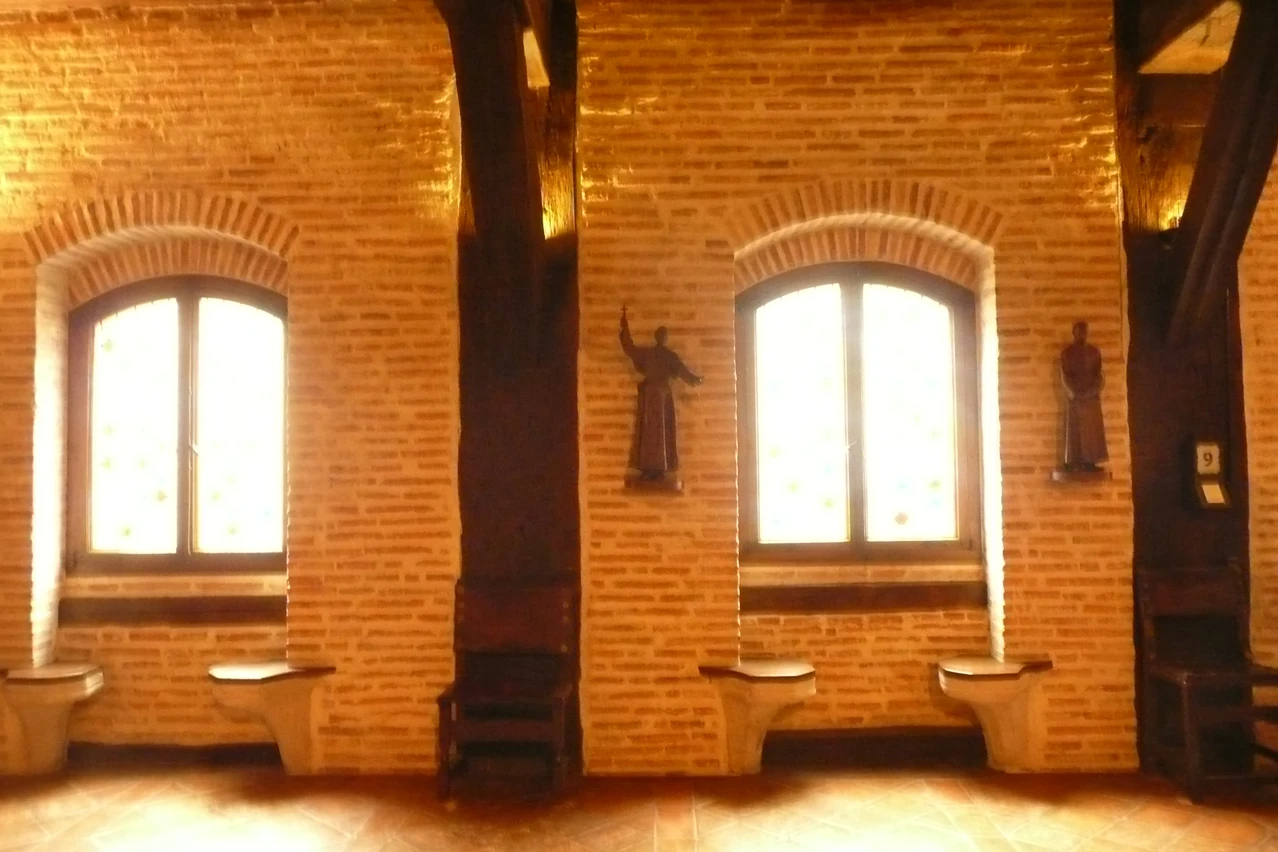
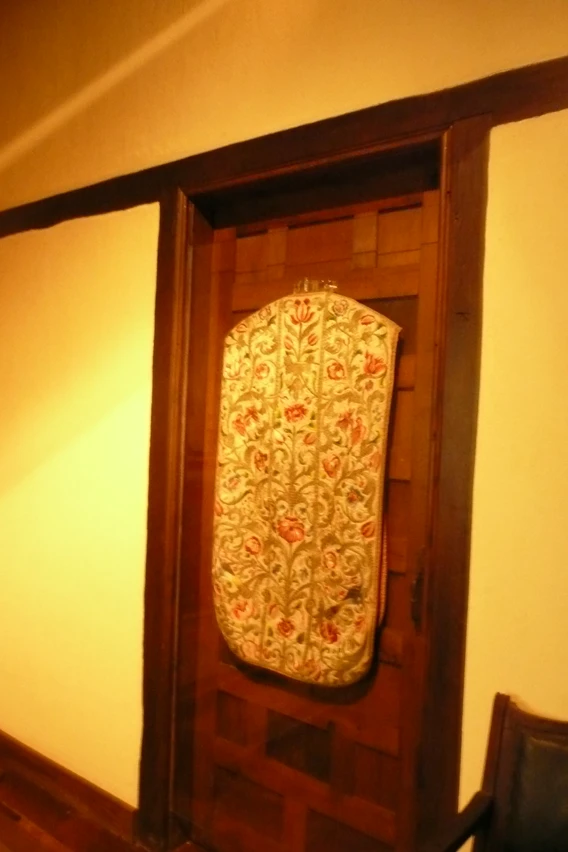
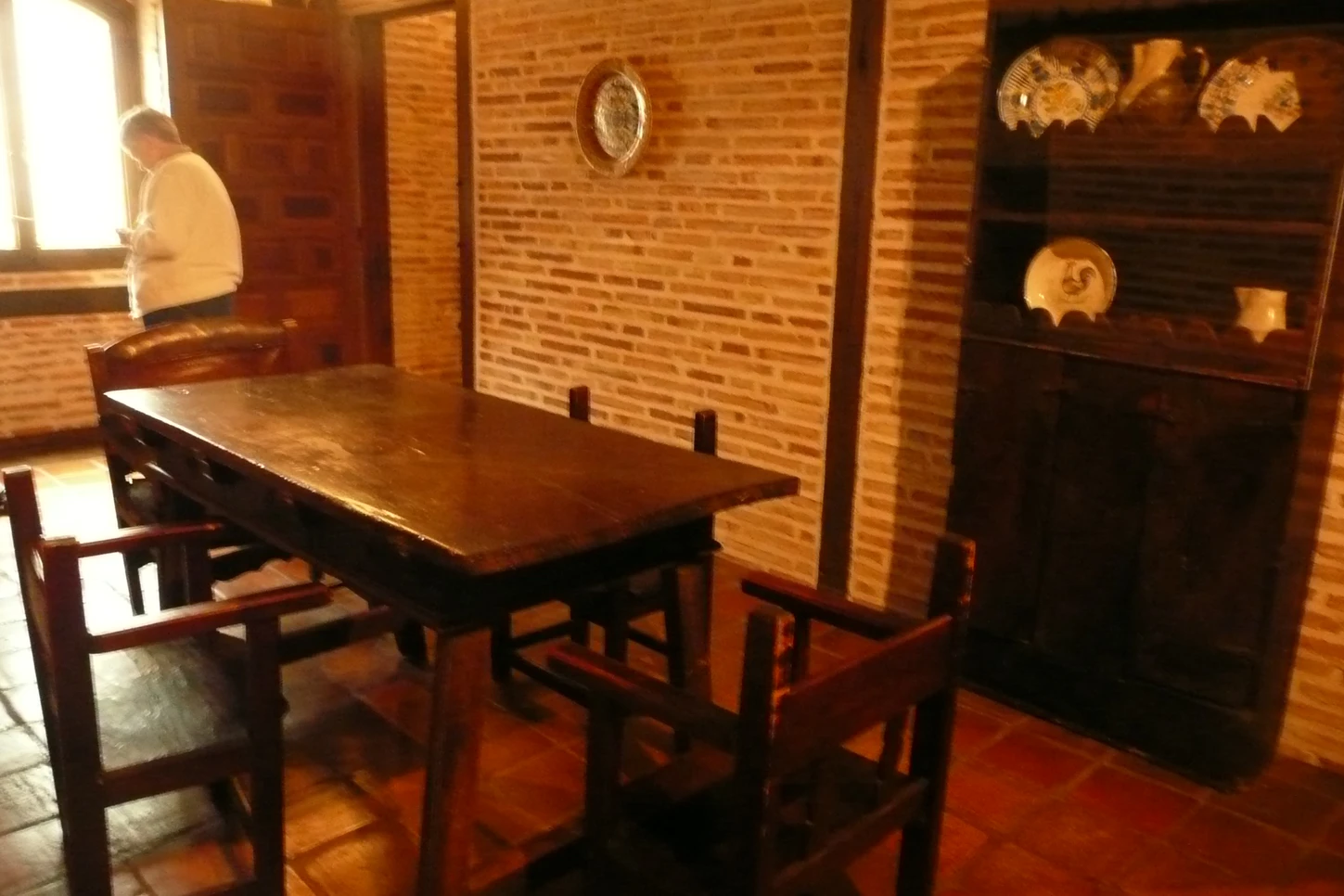
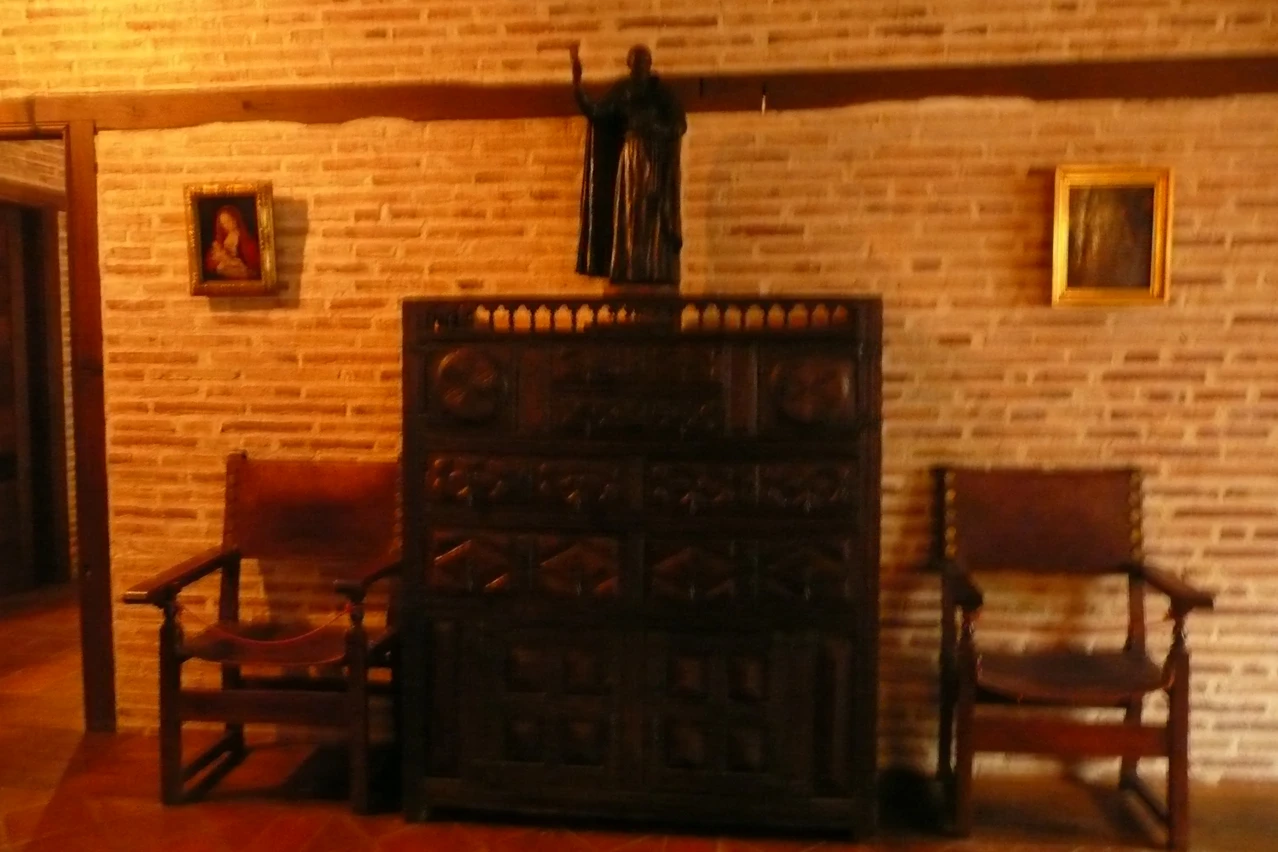





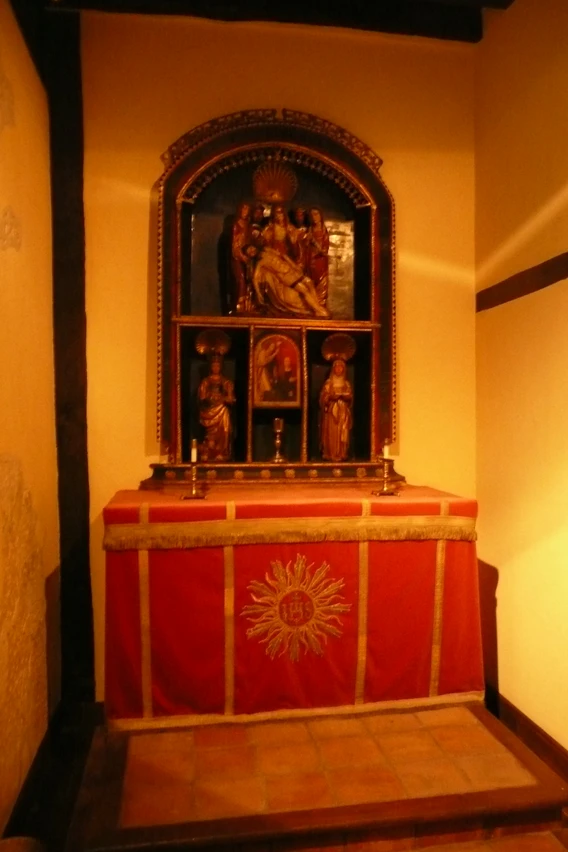
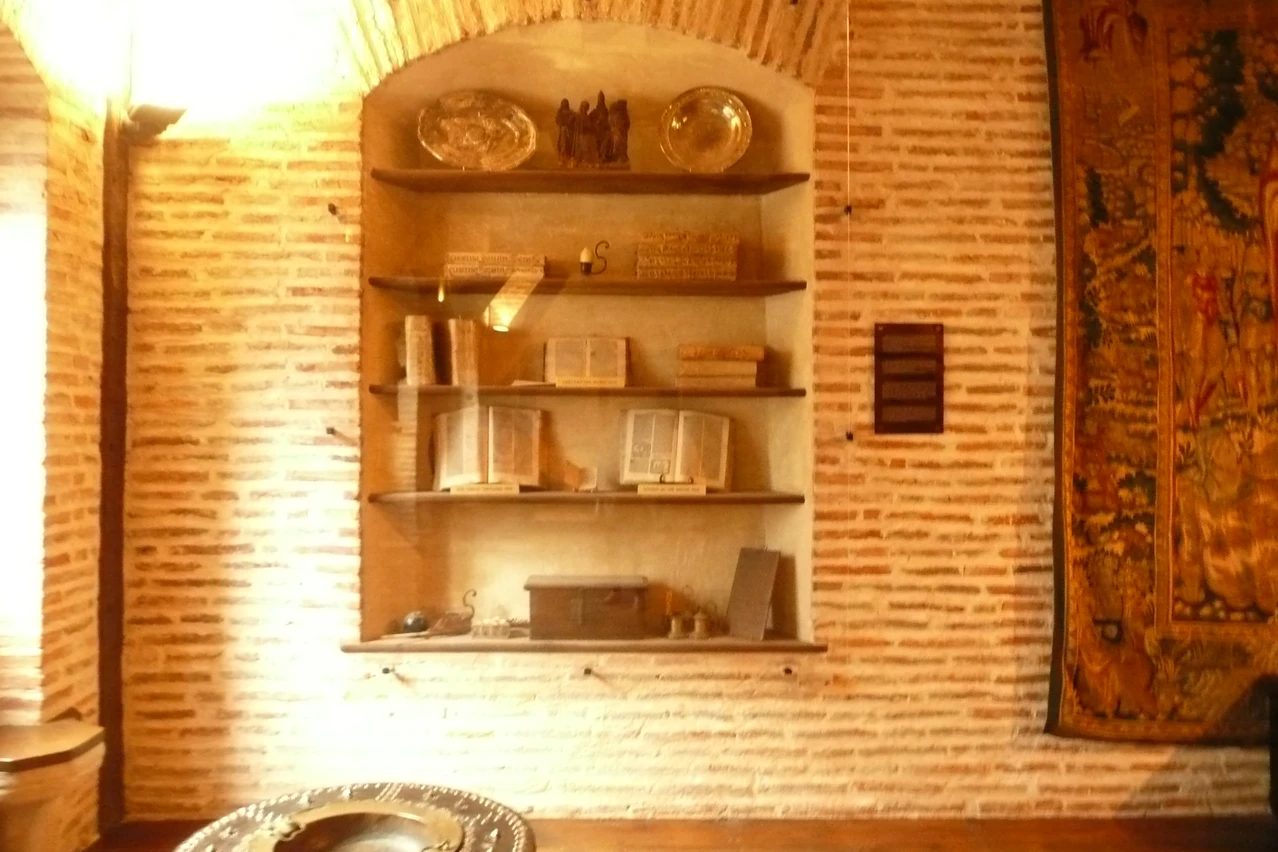
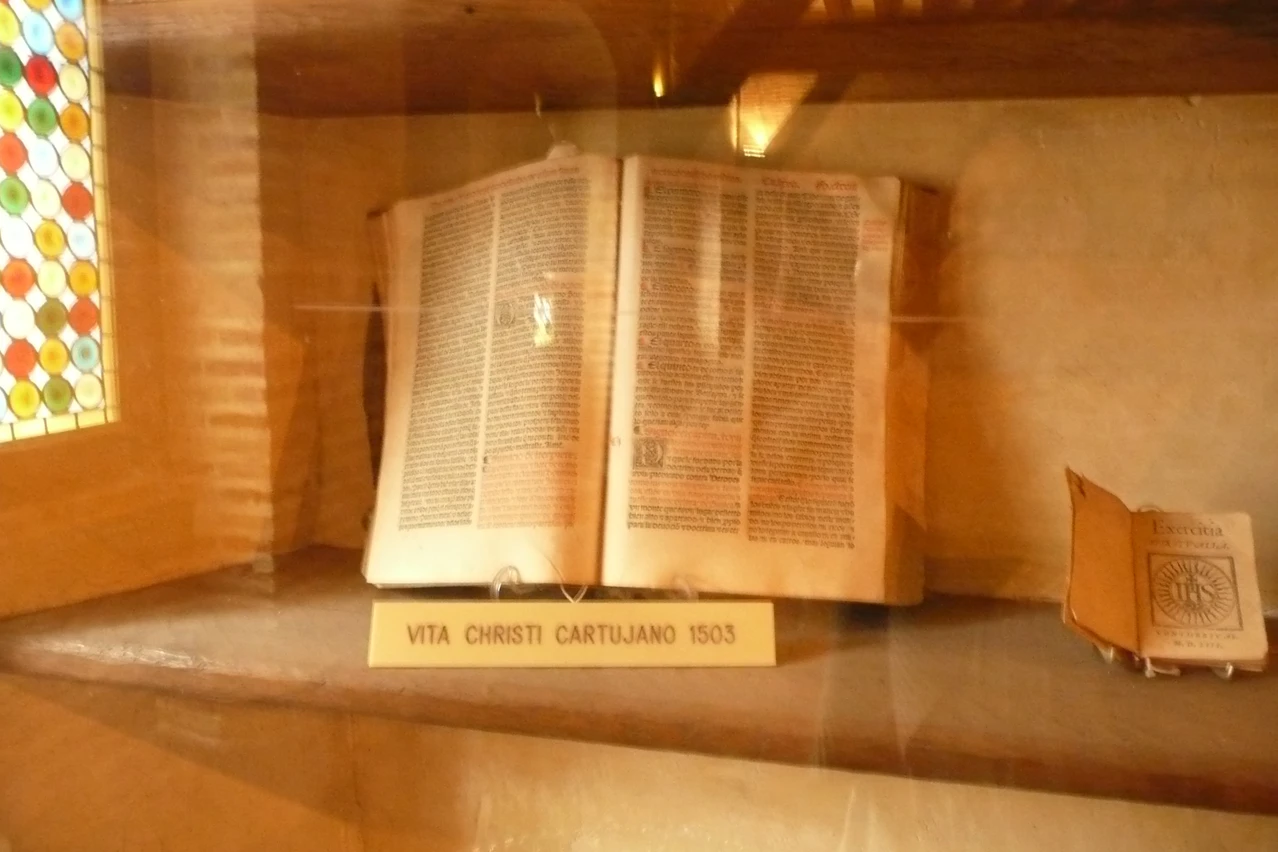
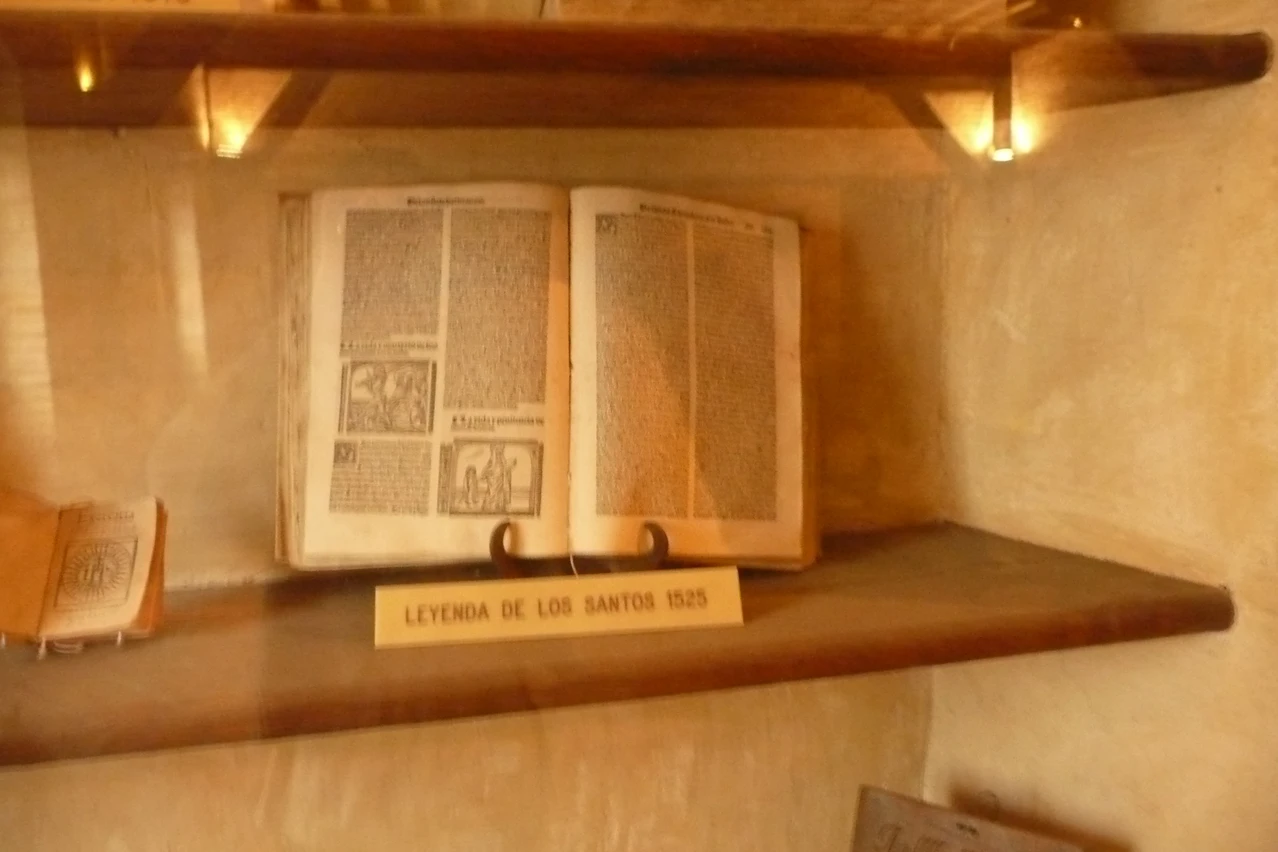


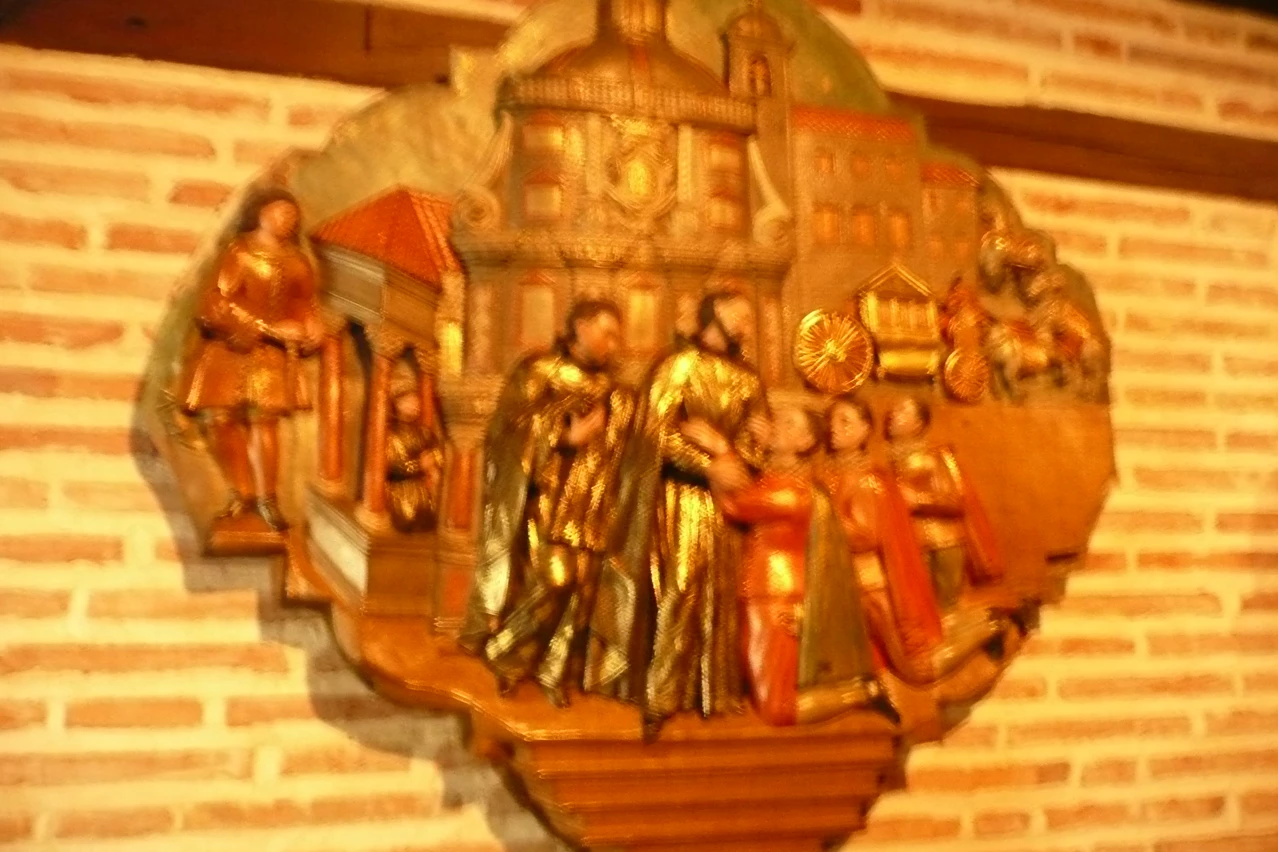




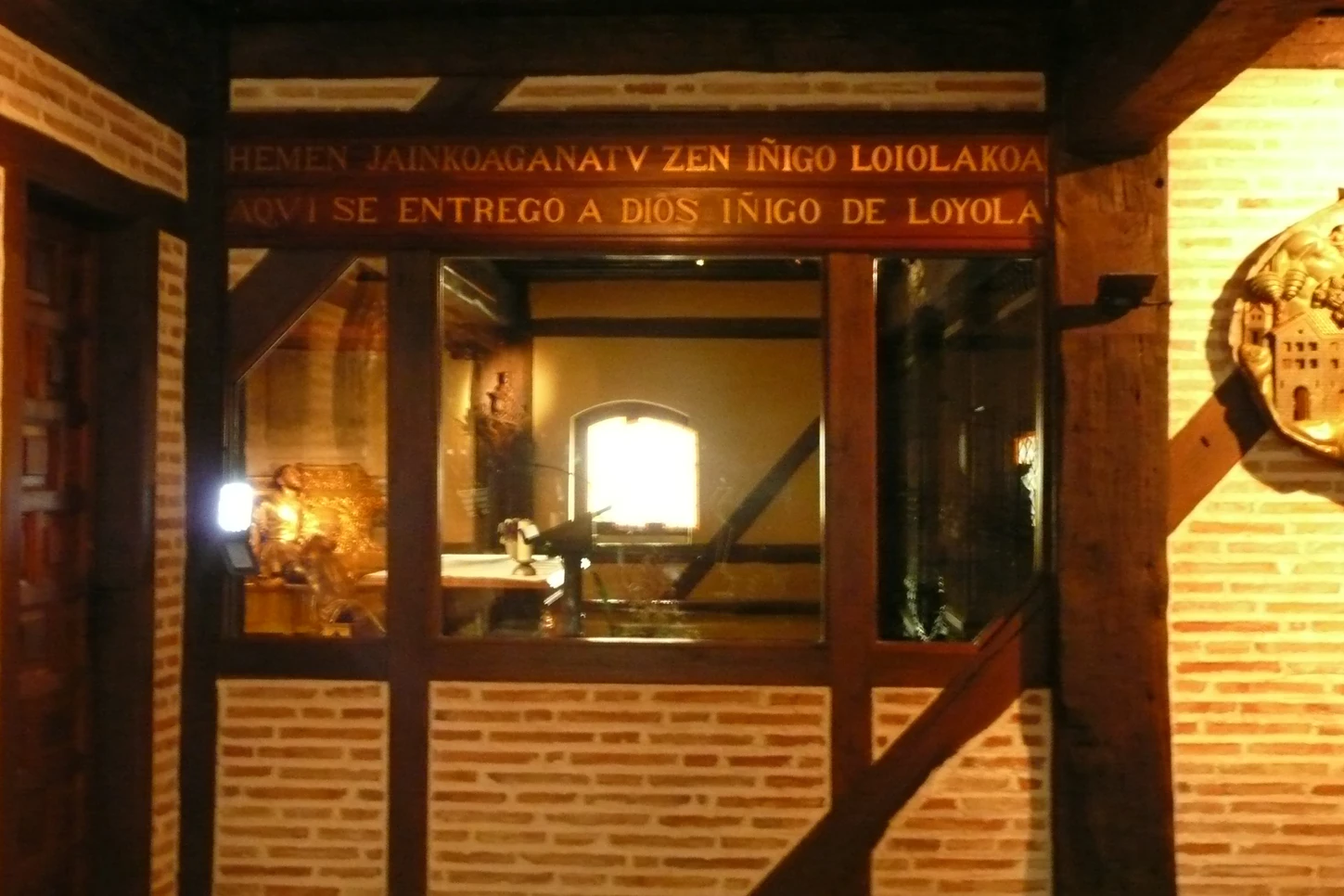



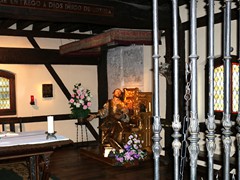

















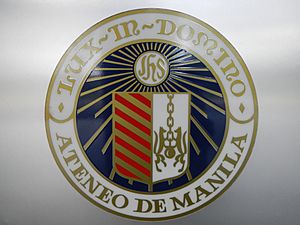
Comments